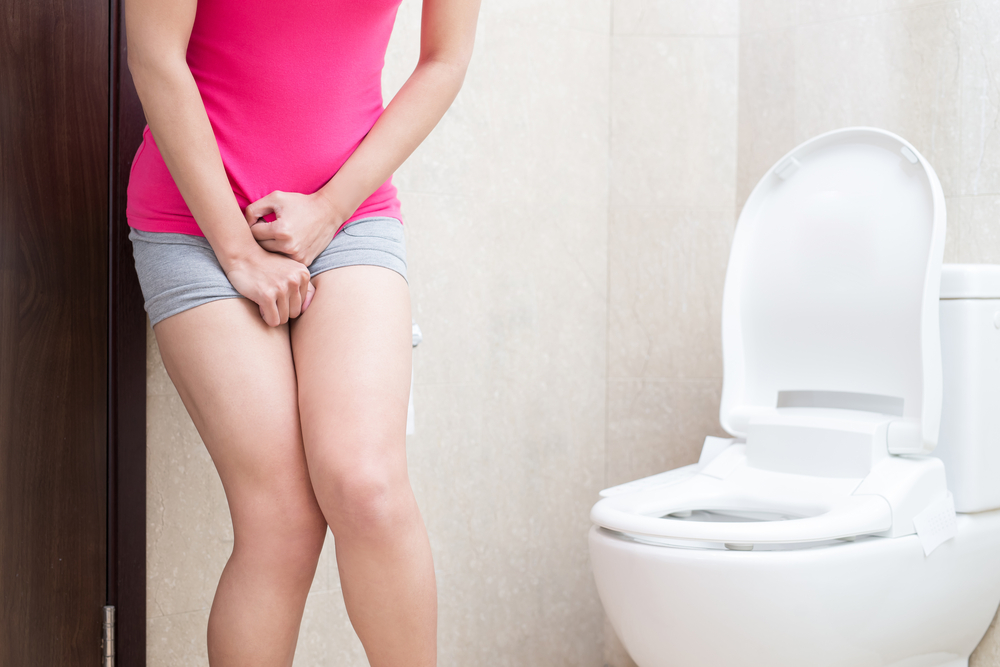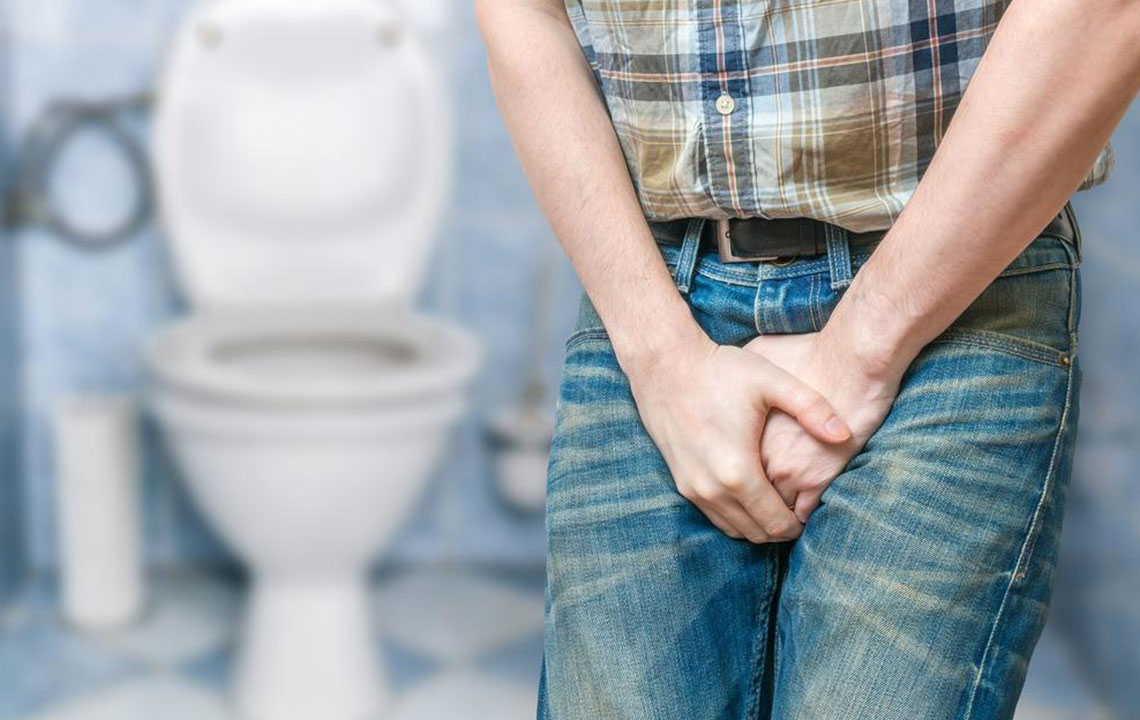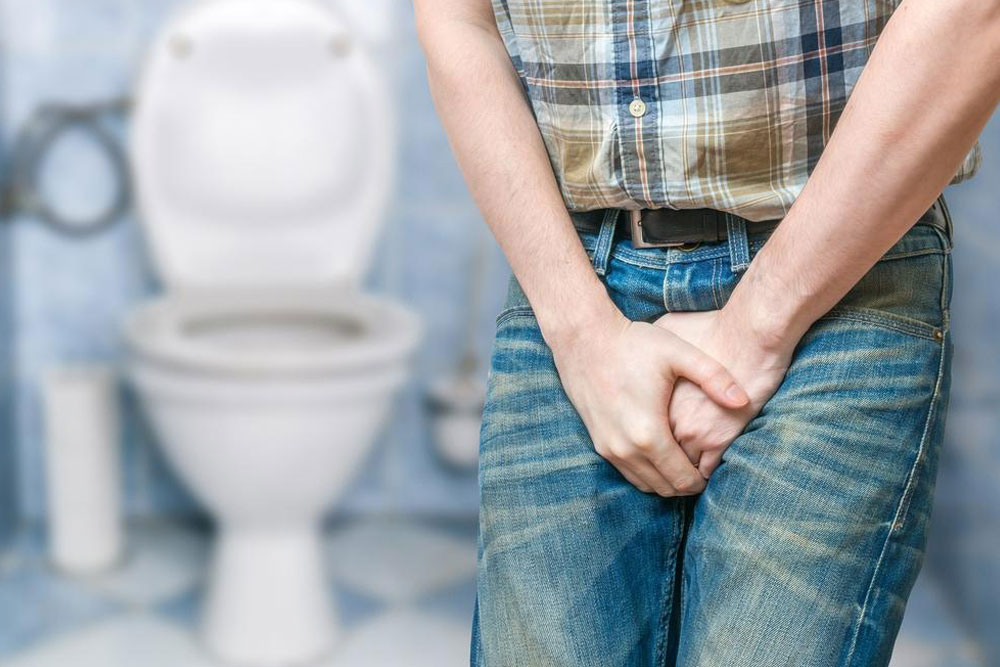Comprehensive Guide to Frequent Urination: Causes, Symptoms, and Effective Treatments
Frequent urination can significantly impact daily life and often signals underlying health issues. This comprehensive guide explores causes, symptoms, and effective treatment options for urinary frequency. From lifestyle changes to medical interventions, learn how to manage this condition and improve your well-being. Early diagnosis and personalized treatment are key to preventing complications and regaining control over your bladder health.

Comprehensive Guide to Frequent Urination: Causes, Symptoms, and Effective Treatments
Understanding Frequent Urination: Causes, Symptoms, and Treatment Options
Frequent urination, medically known as urinary frequency, is a common condition characterized by the need to urinate more often than what is considered normal. It can significantly affect an individual's daily life, disrupting routines, sleep patterns, and overall well-being. While everyone urinates multiple times a day, encountering the urge to void more than eight times within a 24-hour period might suggest an underlying issue that warrants medical attention. It is crucial to distinguish frequent urination from urinary incontinence, which involves involuntary leakage of urine; the two are different conditions with distinct causes and management strategies.
This article provides a detailed overview of what causes frequent urination, the common symptoms associated with it, and the most effective ways to manage and treat the condition. Recognizing the causes early and understanding the available treatment options can help improve quality of life and prevent potential complications.
Key facts about frequent urination:
Frequent urination involves the repeated urge to urinate both during the day and at night, but it does not include accidental urine leakage.
For most adults, the typical number of bathroom visits ranges from six to seven times per 24 hours; exceeding this number indicates urinary frequency.
When there are no serious underlying health issues such as diabetes, conservative treatments like pelvic exercises can effectively manage symptoms.
Common causes of frequent urination include:
Excessive fluid intake, especially beverages containing caffeine or alcohol, which act as diuretics and increase urine production
Habitual urination patterns developed over time, sometimes due to psychological or behavioral factors
Kidney disorders that impair the organ's ability to concentrate urine
Conditions affecting the bladder, such as overactive bladder (OAB) or bladder infections
Hormonal and metabolic issues, including pregnancy, prostate enlargement in men, diabetes mellitus, and diabetes insipidus
Stress, anxiety, and heightened nervous system activity that influence bladder function
Use of diuretic medications prescribed for hypertension or edema
Nervous system disorders that impact bladder control
Urinary tract infections (UTIs), which cause irritation and increased urgency
Pelvic tumors or masses exerting pressure on the bladder
Bladder or kidney stones causing irritation or obstruction
Urethral strictures narrowing the urethra and affecting urine flow
Sexually transmitted infections like chlamydia leading to inflammation
Diverticulitis and other gastrointestinal conditions impacting bladder function
Signs and symptoms to watch for:
Common signs include an increased frequency of urination, burning sensation or pain during voiding, cloudy urine or urine with blood, and night-time urination (nocturia). Additional symptoms such as nausea, fever, or discomfort may indicate infection or more serious medical issues requiring prompt healthcare intervention. Excessive thirst, unexplained weight loss, and fatigue can also be associated with certain underlying diseases like diabetes.
Effective management and treatment options:
Kegel exercises: These pelvic floor exercises strengthen the muscles that control urination. Regular practice can improve bladder control and reduce urgency, especially beneficial for those with overactive bladder or stress incontinence.
Bladder training: This involves gradually extending the intervals between bathroom visits, typically over a span of three months. The goal is to increase bladder capacity and reduce the frequency of urination. This technique requires patience and consistency.
Fluid intake regulation: Maintaining a balanced intake of fluids is vital. It is advisable to drink adequate water but avoid consuming large volumes before bedtime to prevent nocturia. Monitoring daily intake helps manage symptoms effectively.
Dietary adjustments: Limiting irritants such as caffeine, alcohol, spicy foods, and artificial sweeteners can significantly reduce bladder irritation. Incorporating fiber-rich foods like fruits, vegetables, and whole grains can prevent constipation, which often exacerbates urinary symptoms. A healthy diet supports overall bladder health and reduces inflammation.
Medical intervention: For underlying issues like infections, medications such as antibiotics are necessary. In cases of structural abnormalities or tumors, surgical options might be considered. Managing chronic conditions like diabetes requires proper medication, lifestyle changes, and regular monitoring.
Psychological support and stress management: Techniques like mindfulness, relaxation exercises, and counseling can help alleviate stress and reduce symptoms related to anxiety or nervous system disturbances affecting bladder function.
In conclusion, understanding the causes and symptoms of frequent urination is essential for seeking appropriate treatment. Most cases can be effectively managed through lifestyle modifications, behavioral therapies, and medical interventions. However, persistent or worsening symptoms should always prompt consultation with a healthcare professional to rule out serious underlying conditions and to develop a personalized treatment plan. Proper diagnosis and management can greatly improve comfort, reduce disruptions, and enhance quality of life.





